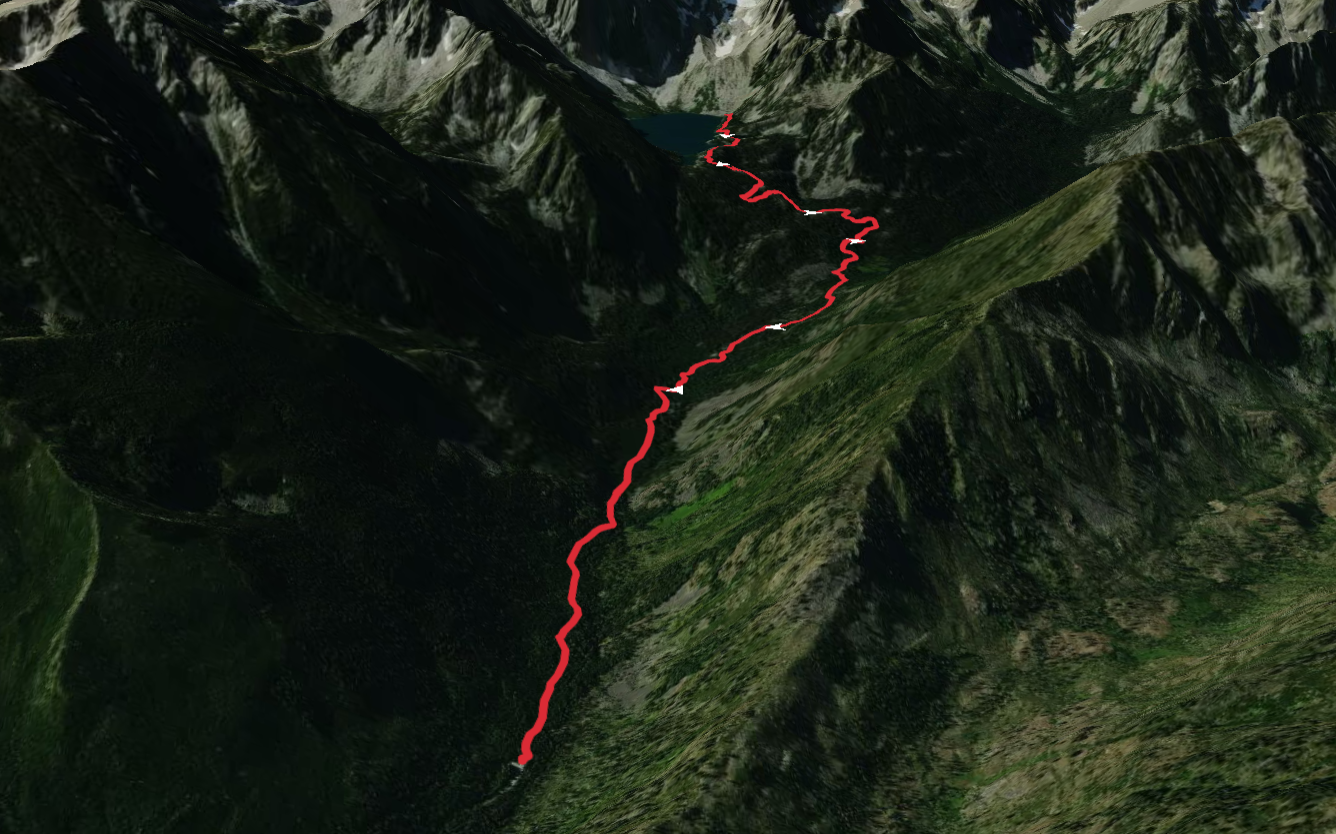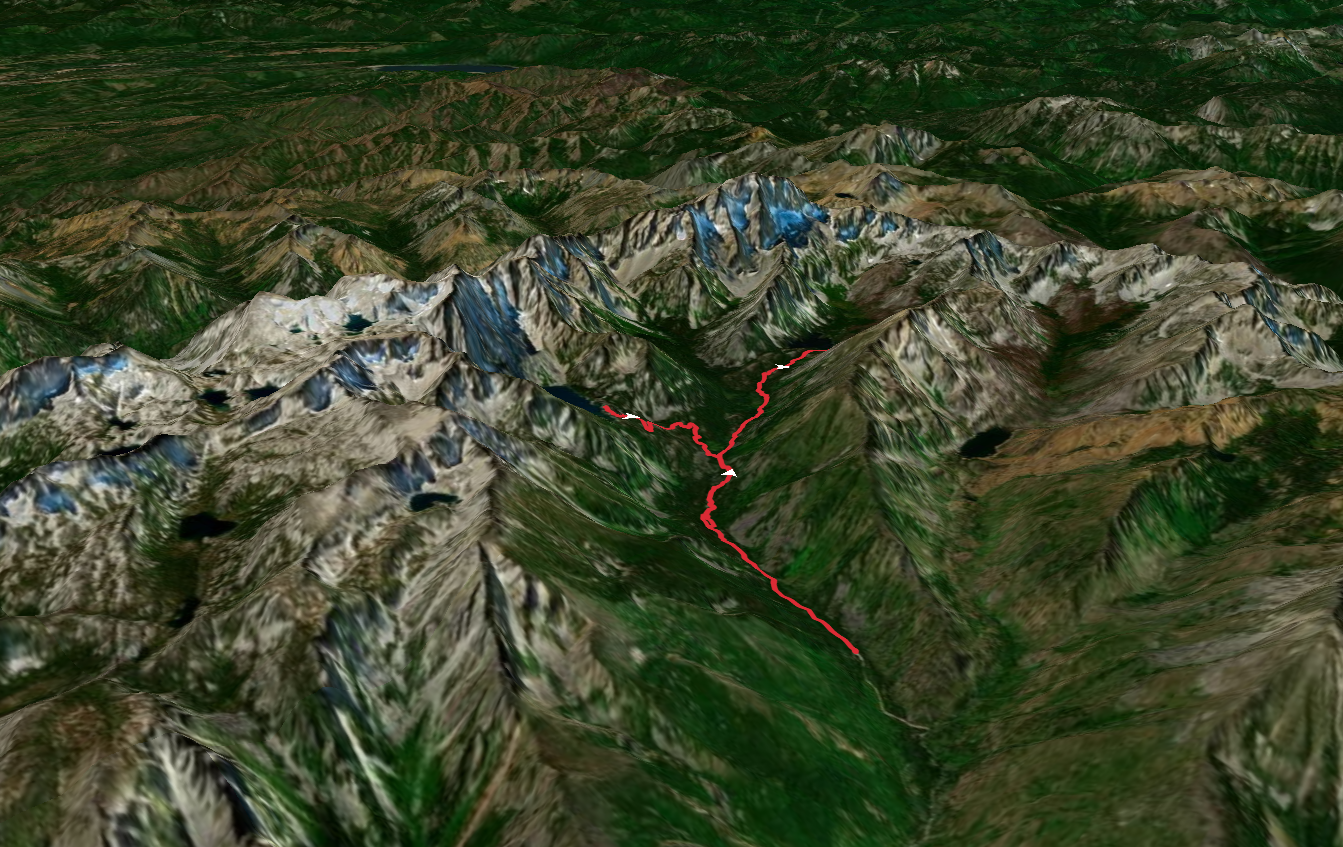Best snowshoeing hiking trails in Washington
When the snow falls, the adventure doesn’t stop! Strap on your snowshoes and head out to these winter wonderland trails for a snowy trek.
Here are some great trails to explore in Washington.
Most popular trails
Reviews for snowshoeing hiking trails in Washington





Frequently asked questions for hiking trails in Washington

In Washington, spring brings pleasant temperatures for hiking, though trails can be wet. Come summer, east Washington can be hot while west remains moderate. Fall brings stunning colors, cool temperatures, and drier trails. Winter is challenging with snowy conditions. Check Washington Trails Association for seasonal hiking suggestions.

In Washington, some hiking areas require permits. Check with specific land management agencies like National Park Service or US Forest Service for requirements. Wilderness permits can often be obtained at trailheads or ranger stations. The https://www.wta.org/go-outside/passes provides comprehensive permit information.

Wild camping, or dispersed camping, is permitted in certain areas of Washington, often requiring permits. Be sure to follow Leave No Trace principles and restrictions regarding fire safety, waste disposal, and distance from water bodies. Visit the US Forest Service for details.

In Washington, dial 911 for mountain emergencies, they'll alert the appropriate services. This often involves volunteer organizations like Seattle Mountain Rescue. Before hiking, ensure you have adequate insurance as rescues can be costly. More information at the Seattle Mountain Rescue website.

Washington's diverse flora is impressive for hikers. Expect western hemlock, Douglas fir, and salal in coastal regions. The alpine areas have subalpine fir, heather, and lupine. Forests transition into sagebrush in the arid eastern region. For detailed knowledge, refer to Washington Native Plant Society.

From coastal to alpine environments, Washington's diverse fauna presents black bears, cougars, deer, and unique birds like bald eagles. Along trails, watch for insects like mosquitoes and ticks. Safe wildlife practices are essential, refer to the Washington Department of Fish & Wildlife.
More trails in Washington
by difficulty
by type









